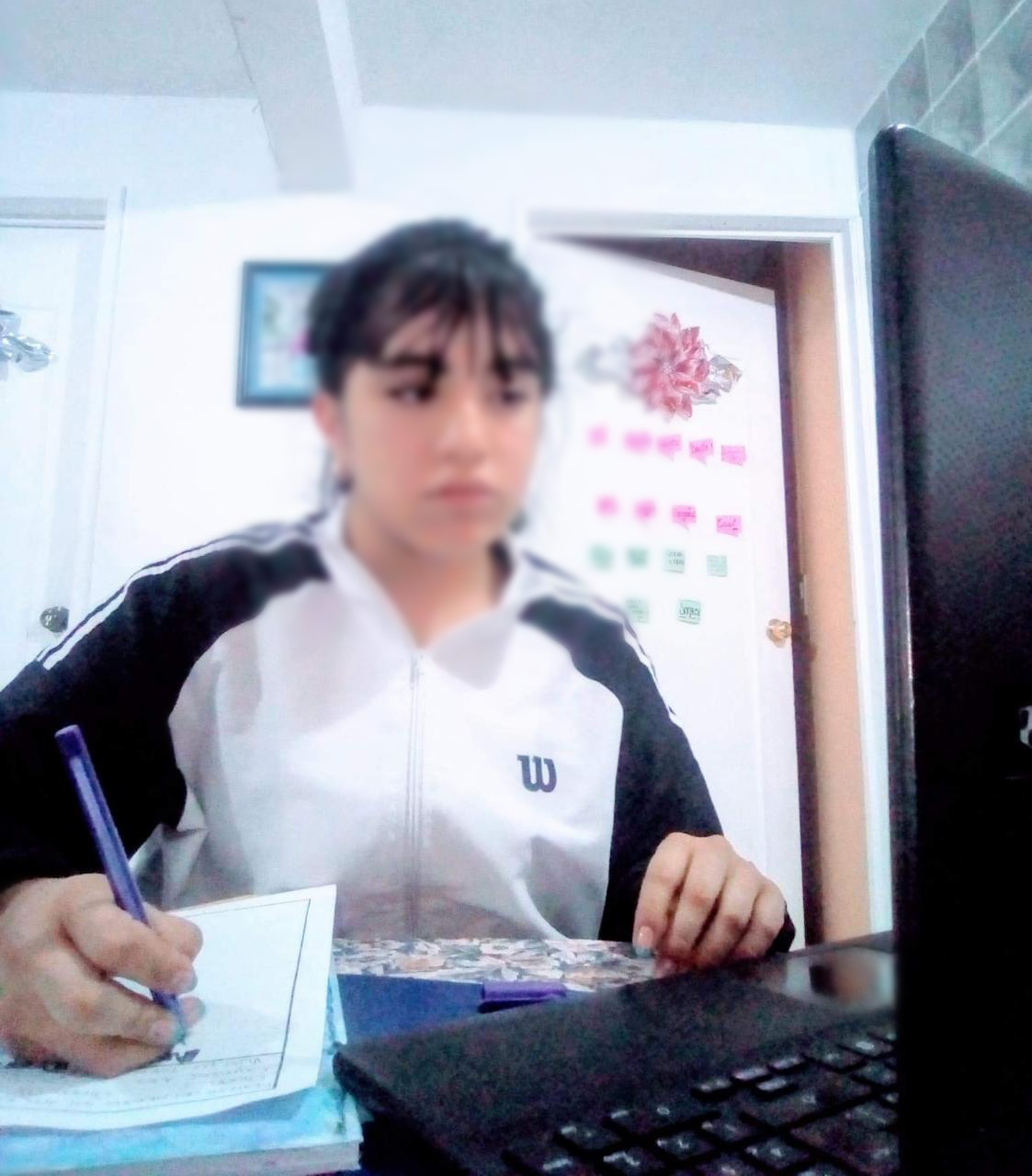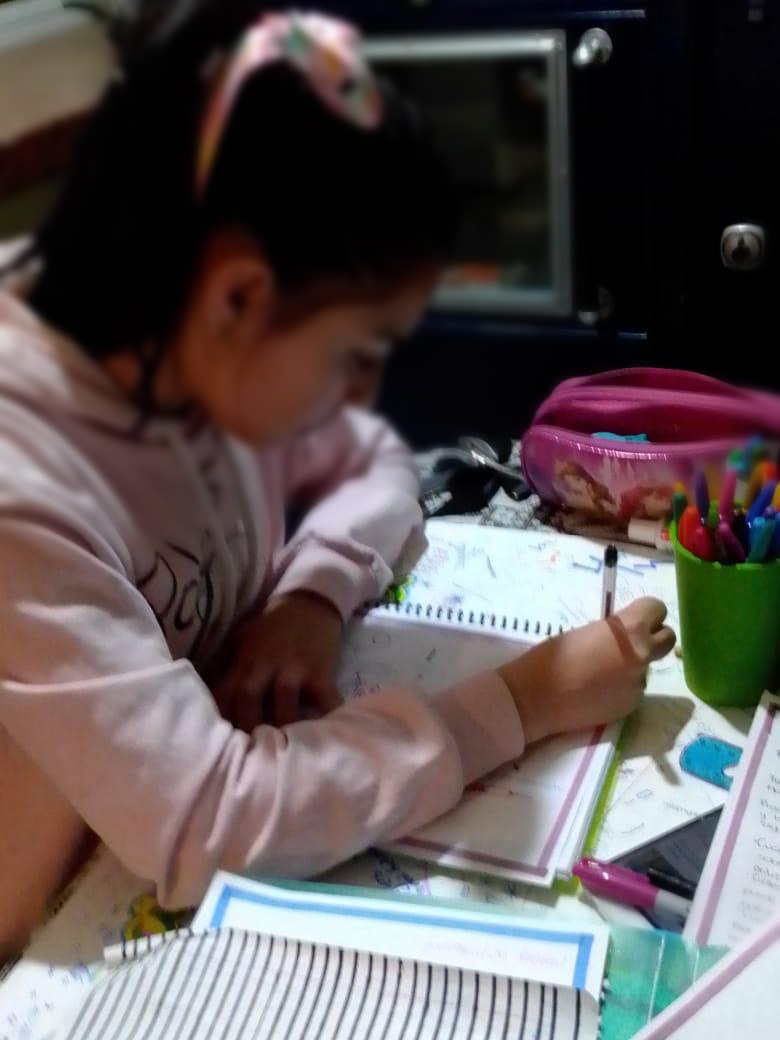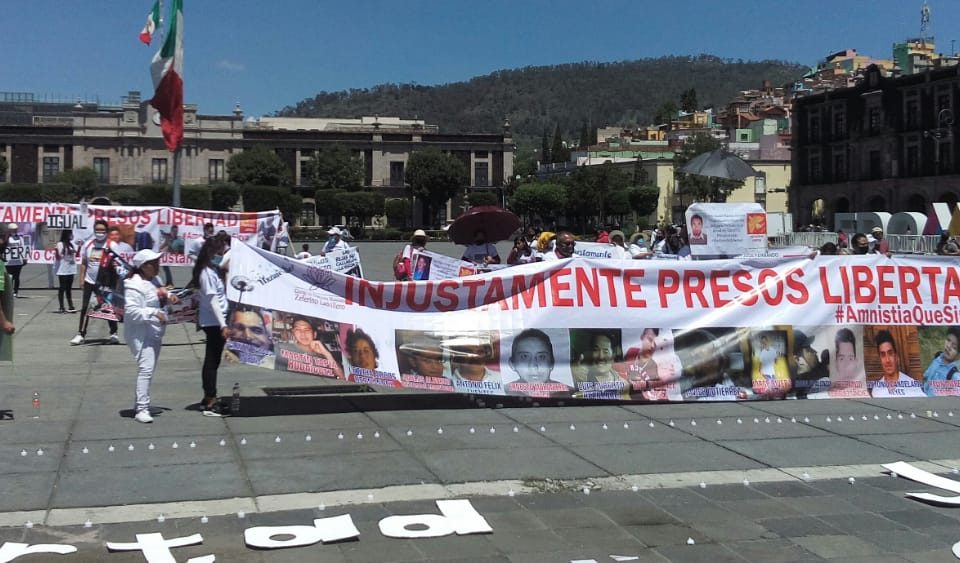
Ecatepec financially supports ‘boleros’ who lost their jobs due to the Covid-19 pandemic
May 12, 2020Faustino de la Cruz supports vulnerable groups of Ecatepec against pandemic
May 12, 2020From the living room to the kitchen; the new school in the era of COVID-19
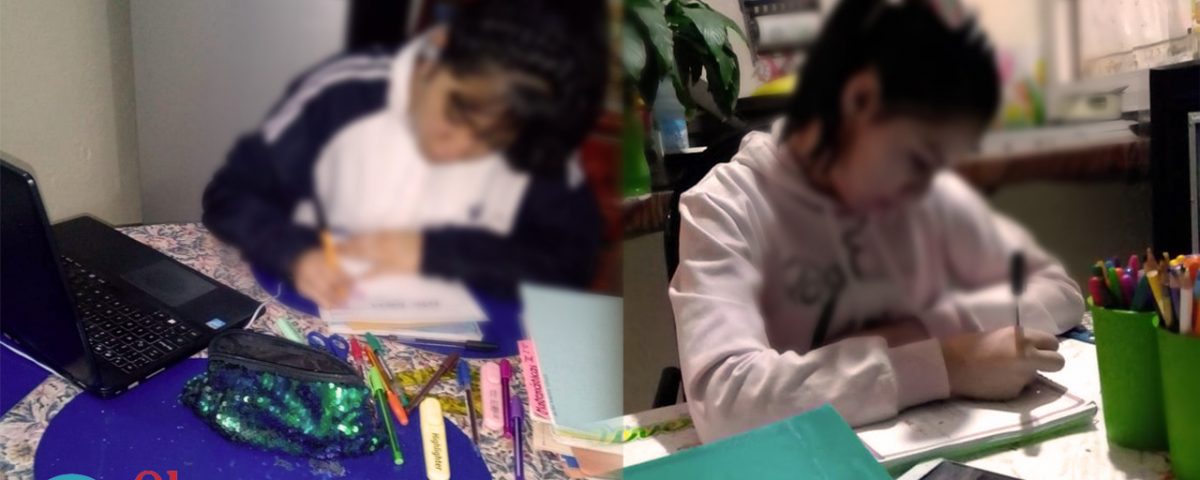
HIGHLIGHTS
From the living room to the kitchen; the new school in the era of COVID-19
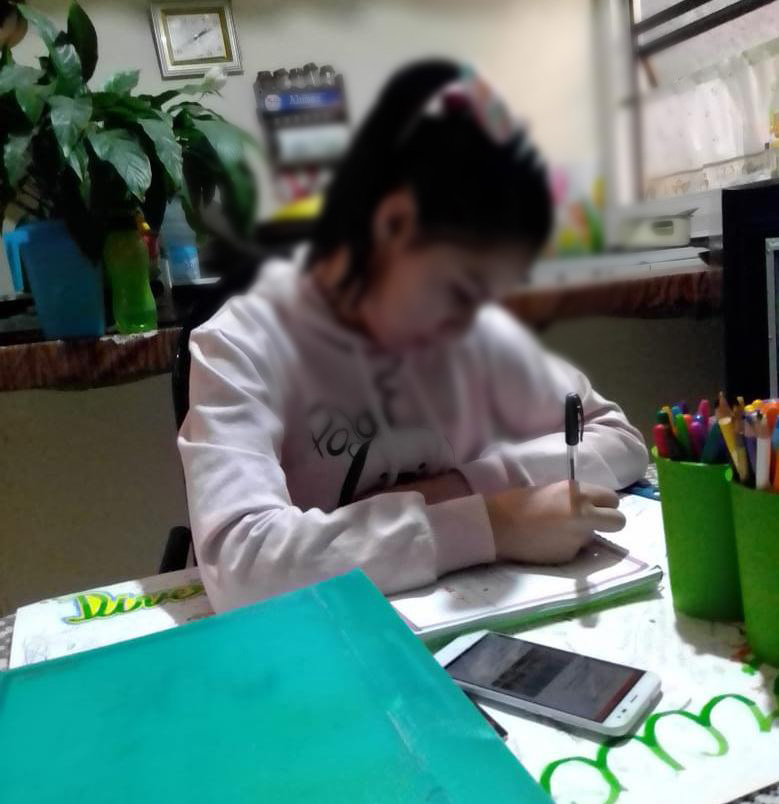
May 11th, 2020
Every morning for almost a month, 14-year-old Ana Karol performs a routine of school activities typical of the second grade of secondary school, which does not take her beyond the walls of her living room or dining room at home, in fear of losing the 2019-2020 school year, something that at this point is no longer safe for anyone.
Despite this, the teenager based in Toluca rushes from early, Monday to Friday, to get up at 7:00, shower, eat breakfast, put on her uniform, comb his hair, as if it were one more day of class, with the only difference that at 9:00 o'clock, or a little earlier, depending on the day, she is ready with her backpack, notebooks, books and pen next to her, sitting in front of the television. She "Learn at home", or so she tries.
Under the new emerging teaching program, which arrived with the COVID19 quarantine to the world, Karol puts a lot of effort, a blink, or distraction and there is no way to retrieve, ask or return to the information that in the middle of a lesson could be key. If the signal is lost, there is nothing to do.
And so, for almost four weeks, from April 17, 2020, when the Secretary of Public Education, Esteban Moctezuma Barragán, announced the new "virtual" class program to all teachers in the country. Migration to the new model has not been easy for students.
The impact of the pandemic forced the authorities to rethink the educational strategy again and launch distance learning, something for which not all were prepared, including children, some 22 million 596 thousand 818 nationwide, only in basic education, and three million 412 thousand 123 students statewide, only from the public sector, according to official online figures. At the head one million 40 thousand 588 teachers in the country, and 138 thousand 675 in Edomex, only at that level of education. A feat in thousands of homes.
In the private sector, the fight is similar, although with more technological tools. Statistics indicate that there are two million 896 thousand 884 basic level students studying in private schools in the country.
According to that announcement of April 17 and the protocols released later, the distance classes began three days later, that is, on April 20 through the Ingenio Tv channel, on open and pay television, as well as on Facebook through from the page “Televisión Educativa Mx”; while also by radio classes were resumed for indigenous populations.
Under this distance education mechanism, at the end of each transmission, certain questions are asked about the topics that have been seen and these shreds of evidence are collected in a "folder of experiences" along with the extra work requested by the teachers of each subject, this requires that there be a social media contact between teachers and students to be able to present their work every week, something that is not always possible in marginalized or indigenous areas.
Problems arise, says Ana Karol, when in her classroom, there is not enough organization, or there was no time to achieve it.
The disorganization and lack of coordination between television content and teachers are proving to be a problem for some students, who do not know what to do with certain activities that are requested by TV because face-to-face teachers have lost contact or have not given clear rules.
“There is a bad organization on the part of my classroom because we only have contact with some teachers, and we do not know what to do with the activities we already have from other subjects. I think that this should not be a review of what has already been seen in the year, but rather learning new subjects since we are not making progress in our academic achievement ”
For her part, María José agrees that some content is not well thought out. For teenage girls who are only given cartoons and explained as young children, it is turning out to be out of place.
"I do not like TV classes, and it is easy because I already saw all that in school, but they treat us like small children, they do not explain well because they go by only as cartoons and if they explain it is very fast. I think they should not pass classes like this because they are not good at teaching, they do everything very quickly and also it will not count for school, ”he said on his own.
Staff
Translator: Martín Caballero
Every morning for almost a month, 14-year-old Ana Karol performs a routine of school activities typical of the second grade of secondary school, which does not take her beyond the walls of her living room or dining room at home, in fear of losing the 2019-2020 school year, something that at this point is no longer safe for anyone.
Despite this, the teenager based in Toluca rushes from early, Monday to Friday, to get up at 7:00, shower, eat breakfast, put on her uniform, comb his hair, as if it were one more day of class, with the only difference that at 9:00 o'clock, or a little earlier, depending on the day, she is ready with her backpack, notebooks, books and pen next to her, sitting in front of the television. She "Learn at home", or so she tries.
Under the new emerging teaching program, which arrived with the COVID19 quarantine to the world, Karol puts a lot of effort, a blink, or distraction and there is no way to retrieve, ask or return to the information that in the middle of a lesson could be key. If the signal is lost, there is nothing to do.
And so, for almost four weeks, from April 17, 2020, when the Secretary of Public Education, Esteban Moctezuma Barragán, announced the new "virtual" class program to all teachers in the country. Migration to the new model has not been easy for students.
The impact of the pandemic forced the authorities to rethink the educational strategy again and launch distance learning, something for which not all were prepared, including children, some 22 million 596 thousand 818 nationwide, only in basic education, and three million 412 thousand 123 students statewide, only from the public sector, according to official online figures. At the head one million 40 thousand 588 teachers in the country, and 138 thousand 675 in Edomex, only at that level of education. A feat in thousands of homes.
In the private sector, the fight is similar, although with more technological tools. Statistics indicate that there are two million 896 thousand 884 basic level students studying in private schools in the country.
According to that announcement of April 17 and the protocols released later, the distance classes began three days later, that is, on April 20 through the Ingenio Tv channel, on open and pay television, as well as on Facebook through from the page “Televisión Educativa Mx”; while also by radio classes were resumed for indigenous populations.
Under this distance education mechanism, at the end of each transmission, certain questions are asked about the topics that have been seen and these shreds of evidence are collected in a "folder of experiences" along with the extra work requested by the teachers of each subject, this requires that there be a social media contact between teachers and students to be able to present their work every week, something that is not always possible in marginalized or indigenous areas.
Problems arise, says Ana Karol, when in her classroom, there is not enough organization, or there was no time to achieve it.
The disorganization and lack of coordination between television content and teachers are proving to be a problem for some students, who do not know what to do with certain activities that are requested by TV because face-to-face teachers have lost contact or have not given clear rules.
“There is a bad organization on the part of my classroom because we only have contact with some teachers, and we do not know what to do with the activities we already have from other subjects. I think that this should not be a review of what has already been seen in the year, but rather learning new subjects since we are not making progress in our academic achievement ”
For her part, María José agrees that some content is not well thought out. For teenage girls who are only given cartoons and explained as young children, it is turning out to be out of place.
"I do not like TV classes, and it is easy because I already saw all that in school, but they treat us like small children, they do not explain well because they go by only as cartoons and if they explain it is very fast. I think they should not pass classes like this because they are not good at teaching, they do everything very quickly and also it will not count for school, ”he said on his own.
Staff
Translator: Martín Caballero
